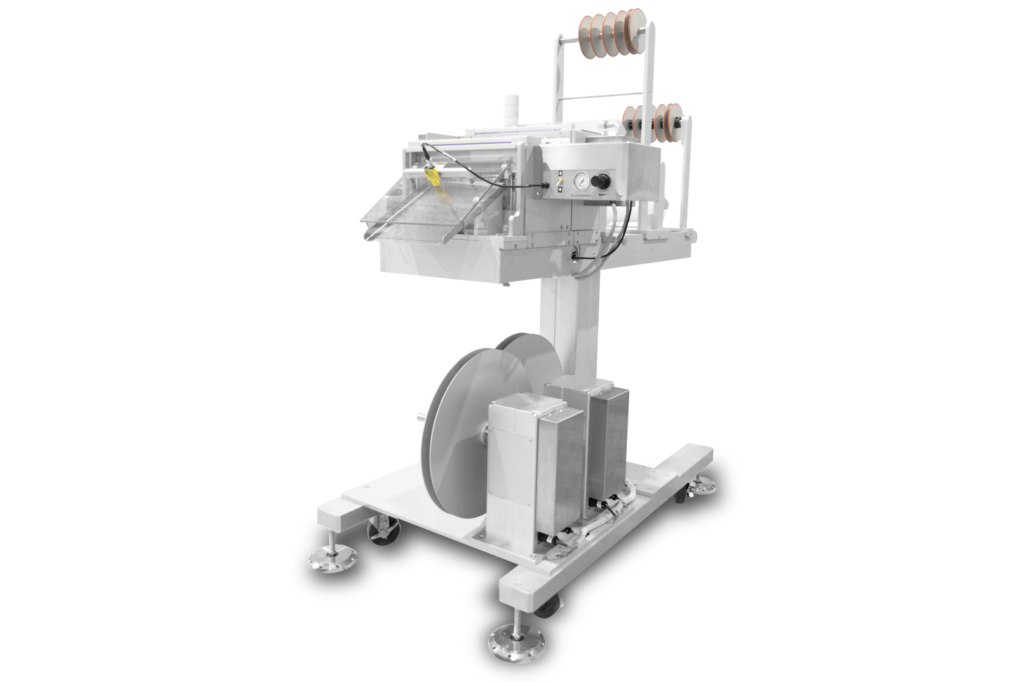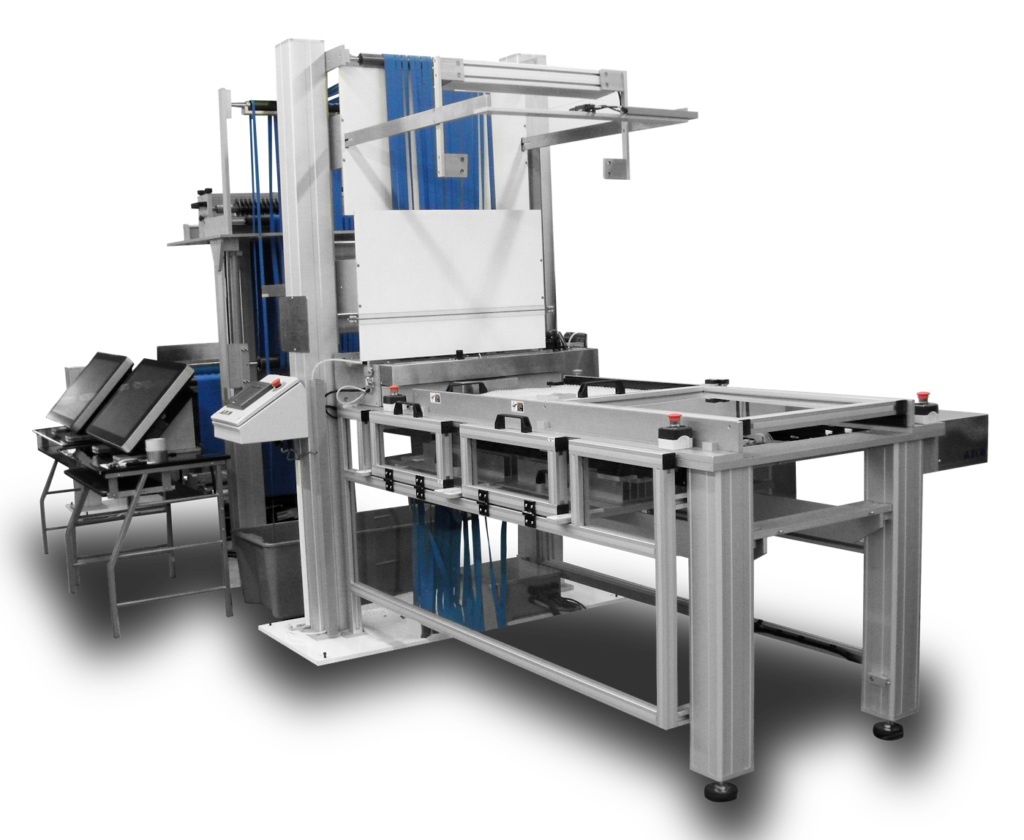Modular Cutting Assemblies in Action
In our last blog post, we explored modular cutting assemblies that consist of “building blocks” that you can mix and match on new or existing converting lines. For low- and medium-volume converting operations, as well as production lines requiring frequent changeovers, this modular approach reduces time, effort and complexity compared to large, purpose-built machines that must be matched to a single production line.
Here are two application examples that showcase the ways companies have benefited from this innovative modular cutting approach.
Custom Thermoformed Cutting Assembly
In our first example, a manufacturer needed to cut and slit metal foil capsule blisters from roll form into precise pieces. Instead of investing time and money in a custom-engineered cutting and slitting machine, the company opted for a modular assembly consisting of slitting and cut-to-length stations.
First, the material enters the assembly from a thermoforming machine, then travels through a dancer accumulator under a set of idler rollers. A sensor automatically pauses the unit if it doesn’t detect the presence of any material. Next, a set of nip rollers pulls the material into the slitter station. After the capsule blisters have passed through the accumulator and slitter assembly, the unit feeds them to the cut-to-length station, where an up-cutting knife cuts the material with an accuracy of +/- 0.38 millimeters (mm) — or 0.1% the cut length. The product then falls down an exit chute. In this assembly, all the components were mounted on a common aluminum plate, while the unit itself was mounted on an adjustable equipment stand for ease of use.

Cut-to-Length Assembly With Slitter and Stacker
In the second application, a manufacturer deployed a continuous-process cut-to-length system with slitter and stacker stations for a rubber material with a thickness of 0.25 to 1 mm. The material, pulled from an existing production process, travels over a set of idler rollers in a dancer assembly, while an edge guide system ensures the material lines up with the slitter station. The sheer cut slitter station then slits the material into 17.5-mm-wide strips, as edge trim is removed from the process. The material then travels over a set of idler rollers to the cut-to-length station. Finally, grippers place the cut product onto a stacking tray. The unit continues in this way at a speed of 20 cycles per minute.

Thanks to the modular approach, designing these cutting assemblies was a quick, easy and cost-effective process.

